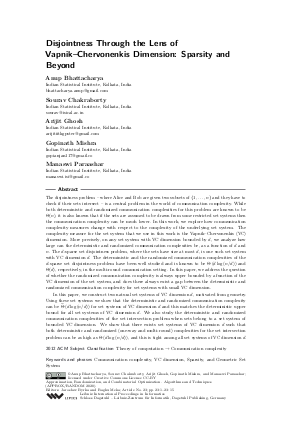LIPIcs.APPROX-RANDOM.2020.23.pdf
- Filesize: 0.59 MB
- 15 pages

 Creative Commons Attribution 3.0 Unported license
Creative Commons Attribution 3.0 Unported license























Feedback for Dagstuhl Publishing